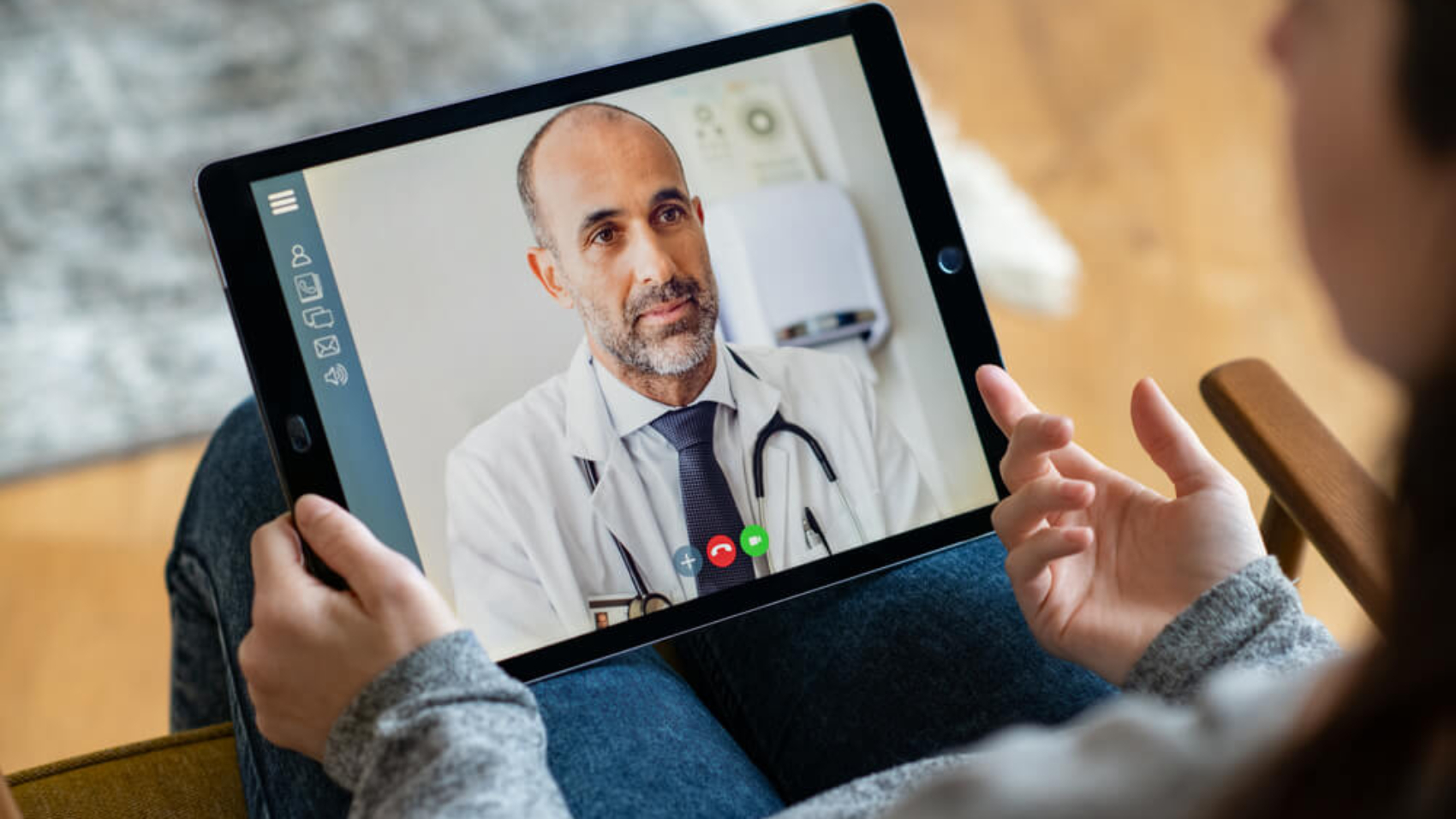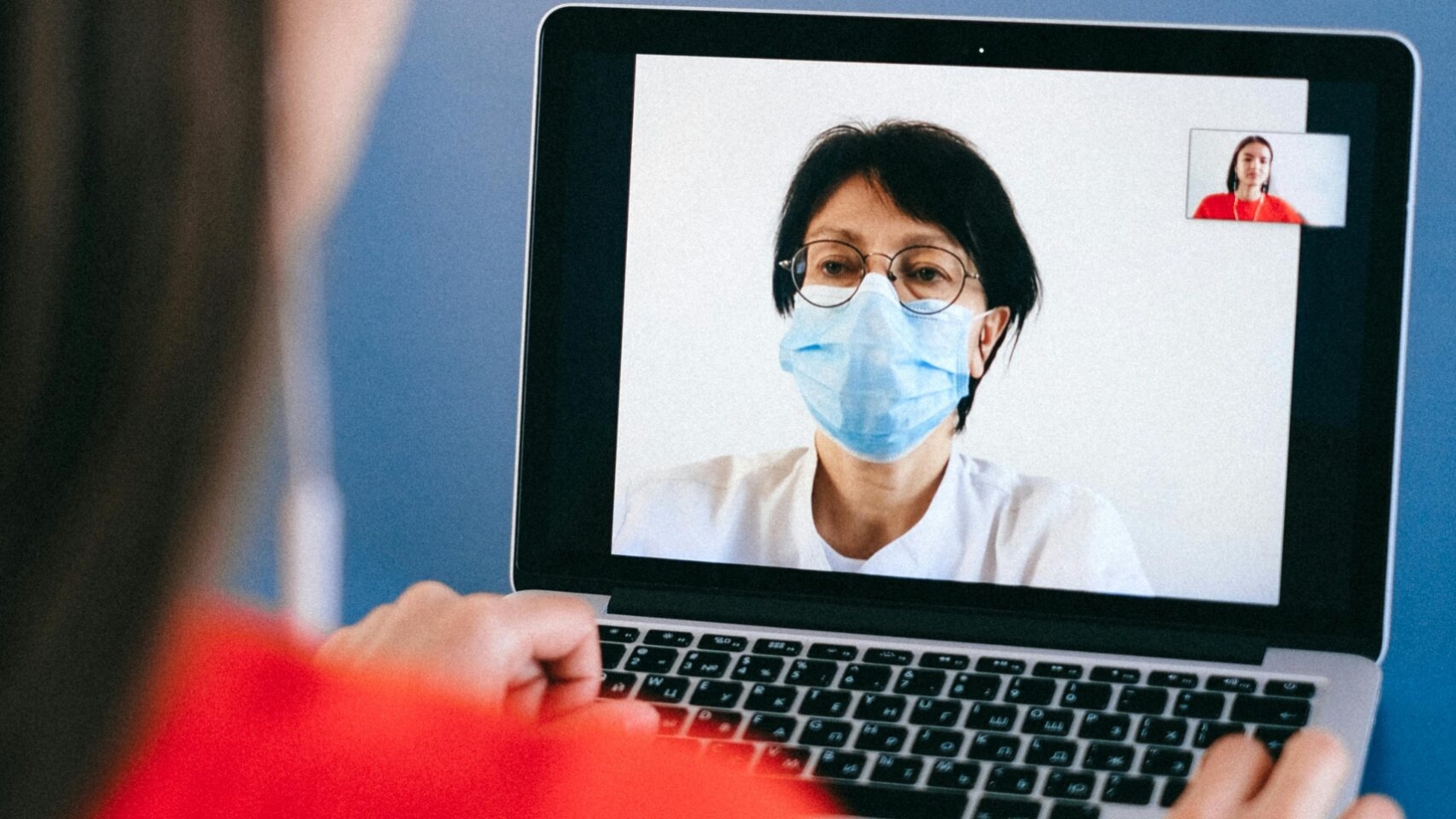Triage is a crucial process in emergency healthcare. Medical professionals prioritize patients based on the severity of their conditions. The goal is to ensure that the most critical patients receive care first. However, social inequalities—such as income, race, and geographic location—can impact these decisions. This article explores how these factors influence the triage process and the challenges they present in delivering fair and equitable healthcare.
The Role of Socioeconomic Status in Triage
Socioeconomic status (SES) plays a major role in accessing healthcare. People from lower-income backgrounds often face several barriers. These include lack of insurance, limited transportation, or difficulty accessing medical care. As a result, they may delay seeking help until their condition worsens.
For example, someone who cannot afford regular doctor visits may only seek care in an emergency. By then, their condition may be more severe. When they arrive at the hospital, their condition might be viewed as less urgent, even though it’s more serious than that of other patients who arrived earlier.
This creates a disparity in healthcare access. Lower-income patients may face delays or be deprioritized simply because they arrived later. Ideally, triage decisions should be based on the severity of the medical condition. But these socioeconomic factors often influence the process.
The Impact of Race on Triage Decisions
Race also plays an important role in triage decisions. Minority groups, especially Black, Indigenous, and People of Color (BIPOC), often face discrimination in healthcare. Research shows that racial and ethnic minorities are more likely to experience delays in treatment, particularly in emergency situations.
For example, studies show that Black patients sometimes receive inadequate pain management or critical care, even when it’s needed. In triage settings, unconscious racial biases may affect how healthcare professionals assess the urgency of a patient’s condition. As a result, minority patients may be deprioritized, even when they need urgent care, due to racial stereotypes or assumptions about their pain.
These biases only deepen existing healthcare disparities. Triage should ideally be based on medical need. However, biases can skew decisions, especially in high-pressure situations where quick decisions are needed.
Geographic Location and Healthcare Access
Geography plays a significant role in the triage process. People in rural or underserved areas face unique challenges, such as long travel times, fewer healthcare providers, and limited access to specialists. These challenges mean that patients from these areas often only seek medical help when their condition has become critical.
In contrast, patients from urban areas have better access to healthcare. They may seek help earlier, when their conditions are still manageable. Healthcare providers may assume urban patients are in better health simply because they have easier access to medical facilities.
Geography also impacts the availability of medical resources. Hospitals in rural areas may be understaffed or lack essential equipment, leading to delays in treatment. On the other hand, urban hospitals, with more resources, can treat patients more quickly—even if their conditions are less severe.
Ethical Challenges in Triage Due to Social Inequalities
The combination of socioeconomic factors, race, and geography creates significant ethical challenges in the triage process. Triage should ideally be based solely on the urgency of a patient’s condition. However, social factors often interfere with this process, leading to biased decisions.
This raises important ethical questions: Can triage truly be fair if a patient’s race, income, or geographic location influences their treatment? How can healthcare providers ensure they are making unbiased decisions, especially under pressure? These challenges can be addressed by promoting awareness and implementing strategies such as anti-bias training and policies that promote equitable healthcare practices.
Solutions for Addressing Social Inequalities in Triage
To make triage more equitable, it is essential to directly address the influence of social inequalities. One key step is training healthcare professionals to recognize and counteract unconscious biases. By raising awareness of how biases affect decision-making, healthcare workers can focus more effectively on the severity of a patient’s condition rather than on external factors like race or income.
Additionally, healthcare systems must work to ensure that all patients have equal access to care. This can be achieved by increasing healthcare resources in underserved areas, improving insurance coverage for low-income individuals, and addressing broader social determinants of health such as education, housing, and nutrition.
Conclusion: Towards Equitable Triage
Social inequalities—including socioeconomic status, race, and geographic location—significantly affect the triage process. These factors influence how patients are prioritized and can lead to unequal access to care. Triage decisions should be based on medical need, free from the influence of external factors.
By improving healthcare training, expanding access to care, and implementing fair healthcare policies, we can work toward a system that treats all patients equally. Addressing these inequalities head-on will ensure the triage process remains fair, compassionate, and truly based on the patient’s needs.


